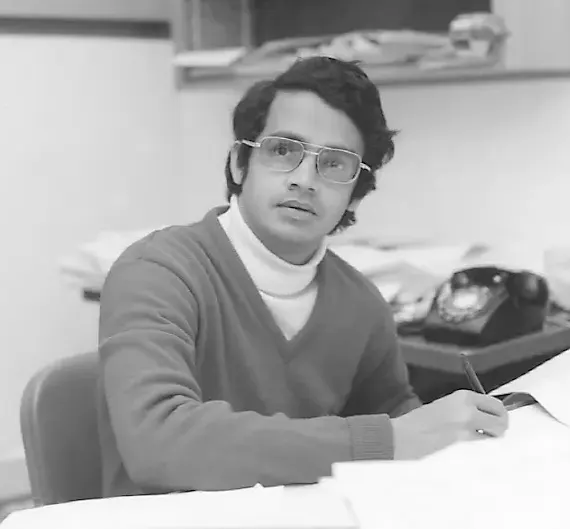This groundbreaking discovery helped his career and family life greatly. It brought an unknown scientist from India into the mainstream of climate and atmospheric science study, and opened the door for an immigrant researcher to conduct his own research. It also helped his married life. His wife may have been frustrated by him spending all of his days and nights just working on his research; however, he showed her that he had the potential to become a great researcher. At the same time, this discovery unveiled the problem of non-CO2 greenhouse gases to the world.

1978, Age 34




